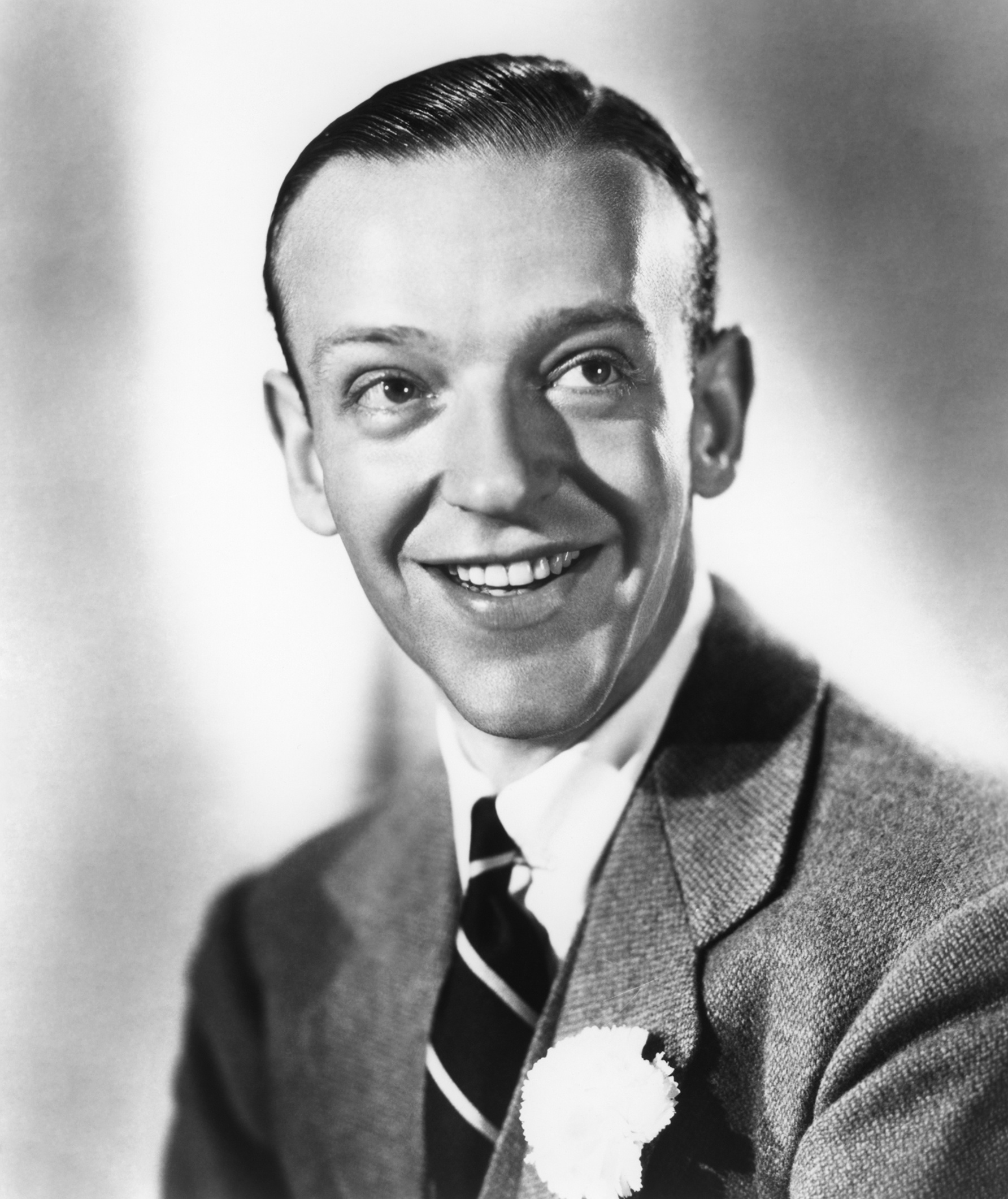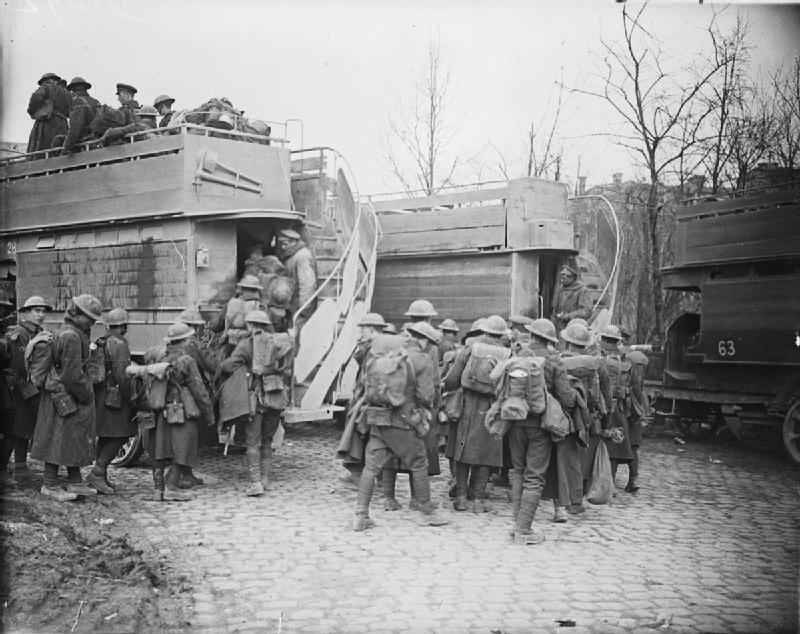A gentleman's shirt is arguably a design classic - the bedrock of a chap's outfit, from which the tie hangs (or under which the cravat goes) and over which the jacket sits. Over the decades collars may have lengthened, widened, shortened or changed styles in numerous other ways and colours come and gone but the crisp cotton shirt has by and large always remained a timeless garment. No chap's wardrobe is complete without a good selection of shirts and mine is no exception, with a mixed line-up ranging from high street to Jermyn Street (sometimes via the high street...!).
Ah, Jermyn Street - the centre, the Savile Row of British shirtmaking. The list of businesses occupying this famous street is a long and illustrious one, a chap's dream shopping destination. One name in particular, however, has celebrated a noteworthy anniversary this year.
Hawes & Curtis, who currently occupy numbers 33-34 and 82 of Jermyn Street (as well as several more locations in London and around the country), have recently marked 100 years in business - their first shop having opened in 1913.

Established in that year by two experienced cutters, Ralph Hawes and Freddie Curtis, the original store was situated just around the corner from Jermyn Street in the equally-renowned Burlington Arcade. This combination of proven skills and a favourable location proved immediately successful and the House of Hawes & Curtis' reputation was cemented practically from the off. It received an even greater boost nine years later, in 1922, when no less a person than the Prince of Wales - later Edward VIII / the Duke of Windsor, without doubt one of the best-dressed chaps of the era and a gentleman's style icon to this day - visited the shop and left with a selection of suits, blazers, flannels, handkerchiefs and of course shirts. So impressed was he that he became one of the company's most famous patrons and recommended them to many of his friends and relations including the future King George VI and Earl Mountbatten. Hawes and Curtis in turn created the now-familiar spread collar, designed specifically to accommodate his ties and the knot he inspired - the Windsor. Later, the Duke of Windsor awarded them a Royal Warrant and his coat of arms was added to the shop.
Other famous customers of the time read like a Who's Who of this blogger's favourite style icons. Fred Astaire, well-known for buying his clothes from London's tailors, became a regular visitor after seeing H&C's new design of backless waistcoat (designed to be worn under a tailcoat) although the story goes that the garment was so popular he had to wait in line with everyone else! No-one ever looked better in a pin-collar shirt, either.

Cary Grant was another Golden Era Hollywood actor who bought his clothes from Hawes & Curtis, beginning at the rise of his career in the late 1930s, and who runs Astaire close in the shirt stakes.
Robert Donat's splendid hounds-tooth suit, which he wore in 1935's
The 39 Steps, also came from H&C (as did the short-trousers replica that Hitch presented to Donat after he complained once too often about the real one being ruined through all that running about over the Scottish moors!).
To celebrate this milestone Hawes and Curtis have not one but two Collections in their
formal shirt range that take inspiration from their rich heritage - the 100 Years Collection and the 1913 Collection. Both feature various nods towards a century of shirt design with a good mix of traditional and modern styles and colours. Hawes and Curtis were kind enough to provide me with an example to review as part of this post so, taking inspiration from the chaps above, I selected their Plain White Twill Slim Fit Limited Edition Tie Bar shirt from the 100 Years Collection.
 |
Plain White Twill Slim Fit Limited Edition Tie Bar,
from Hawes & Curtis' 100 Years Collection, £39.50
(or 2 shirts for £60) |
This is my second H&C shirt (the other a 2 ply 100's cotton from their Warwick tailored fit range - a beneficiary boutique find from a couple of years ago) and my first experience of the slim fit style (in the past I've tended to stick with the standard classic fit). But the side darts are well put together and the cotton twill is up there with the best I've experienced. The fit is - as promised - trim without being too pinched at the waist; slightly more defined but no less comfortable or easy to work with than the classic fit. "1913-2013" labels integrated into the side hem gussets are a nice addition too. H&C's "silk touch finish" is no gimmick either - it adds a pleasant sheen to the fabric and gives it a soft, light quality (theirs have a "put it on and forget" feeling I've not encountered elsewhere) similar to that found even on their two-fold cloths, although perhaps not quite so pronounced. Certainly it is one of the easiest shirts to iron that I've ever owned!

The pin collar is well-defined and looks like it should be easy to maintain. The bar is designed, as you probably know, to sit under the tie knot and so push it outwards thereby giving an extra dimension to your necktie. It also, I think you'll agree, has a classically dapper 1920s/1930s look to it too! I can see this working well with many an outfit (although be warned, chaps, it still better suits a thinner tie or smaller knot). H&C are also to be commended for being rare among shirtmakers of my experience in also offering it in a colour/fabric other than white twill, namely a light blue herringbone. The mother-of-pearl buttons are a nice touch (they really do look better than plain old plastic ones), sitting well with the fabric, and the entire garment is thoroughly in keeping with one's expectations of a Jermyn Street shirtmaker with so many years' experience.
Nowadays selling mainly shirts, but also other items of
menswear including coats and jumpers, H&C's focus on this essential men's garment coupled with their 100 years in the trade certainly seems to have kept them in the upper echelon of shirtmakers (yet with comparatively reasonable prices). Ladies need not feel left out either, for like many modern shirtmakers H&C also sell
women's shirts (with their own 100 Years Collection, I might add!) and accessories.
Based on my experiences I see no reason why Hawes and Curtis shan't celebrate many more anniversaries and I doubt that this will be the last of their shirts to make it into my wardrobe. On the whole, this is a company that should be on every chap's (and chapette's) radar, and here's to their next one hundred years!
*This was a sponsored post in collaboration with Hawes and Curtis*





















_02.jpg)





.jpg)



